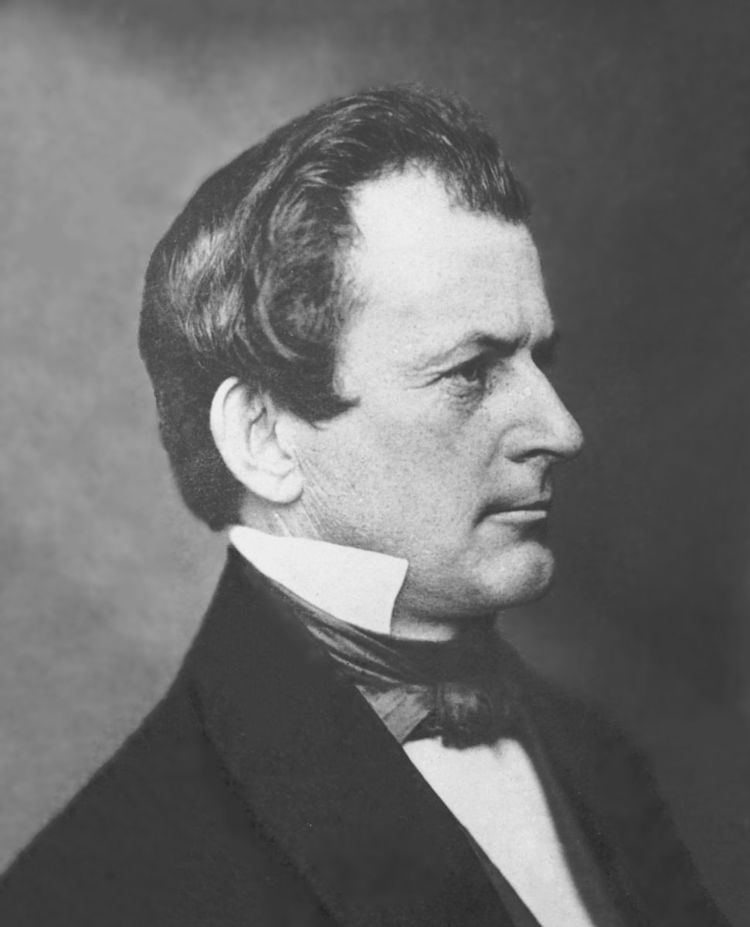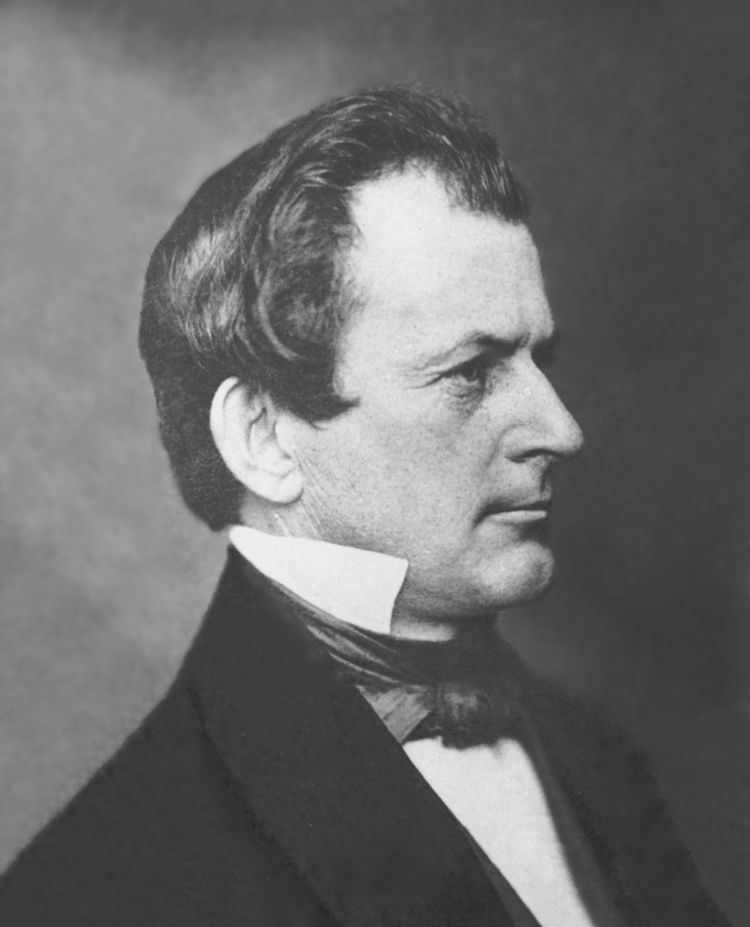Name Joseph G. Children Annie Bidwell | Died July 13, 1887 Role Politician | |
 | ||
Books Review of the Report of the Senate Committee on the Returns of the Seventh Census | ||
Joseph Camp Griffith Kennedy (April 1, 1813 – July 13, 1887) of Pennsylvania, was a 19th-century Whig politician, lawyer and journalist who supervised the United States Census for 1850 and 1860. Initially a prosperous farmer and journalist from a prominent Pennsylvania family, Kennedy was appointed to supervise the Census because of his political activism in the 1848 Pennsylvania election.
Contents

Biography
Kennedy graduated from Allegheny College, in Meadville, Pennsylvania. He received an M.A. in 1856, followed by an LL.D. in 1864. Upon the appointment to supervise the Census, Kennedy and his family, his wife, Catherine Morrison Kennedy, and children Joseph Morrison, John Reynolds, Sarah Jane and Annie Ellicott lived in Washington, D.C. from 1849 until at least 1868.
On July 13, 1887, Kennedy was stabbed and killed in Washington, D.C. by John Dailey, who believed that Kennedy had cheated him in a business affair.
A small group of Kennedy's papers are held in the Walter Willcox Collection, Library of Congress.
Census
Under the direction of the Secretary of the Interior and with contentious Congressional oversight, Kennedy was responsible for the redesign of census methodology and forms, for negotiations with Congressional leaders and committees and for the gathering of census data throughout the United States. He was also responsible for supervising the ultimate compilation of census data, tabulation of statistics, and publication of census summaries.
The Seventh Census of the United States (1850) was taken 1 June 1850. This was the first year in which the census bureau attempted to count every member of every household, including women, children and slaves. Accordingly, the first slave schedules were produced in 1850. Prior to 1850, census records had only recorded the name of the head of the household and broad statistical accounting of other household members, (three children under age five, one woman between the age of 35 and 40, etc.)..
The Eighth Census of the United States (1860) estimated the population of the United States at 31,400,000. This was the first census where American Indians were officially counted, but only those who had 'renounced tribal rules'. That figure for the nation was 40,000. Results of this census were tabulated by 184 clerks in the Bureau of the Census.
However, by the time the 1860 census returns were ready for tabulation, the United States was moving toward the American Civil War. As a result, Superintendent Kennedy and his staff produced only an abbreviated set of reports, which included no graphic or cartographic representations. As the war began, however, Kennedy and the Census staff used the new statistics to produce maps of Southern states for Union field commanders. These maps displayed militarily vital topics, including white population, slave population, predominant agricultural products (by county), and rail and post-road transportation routes.
